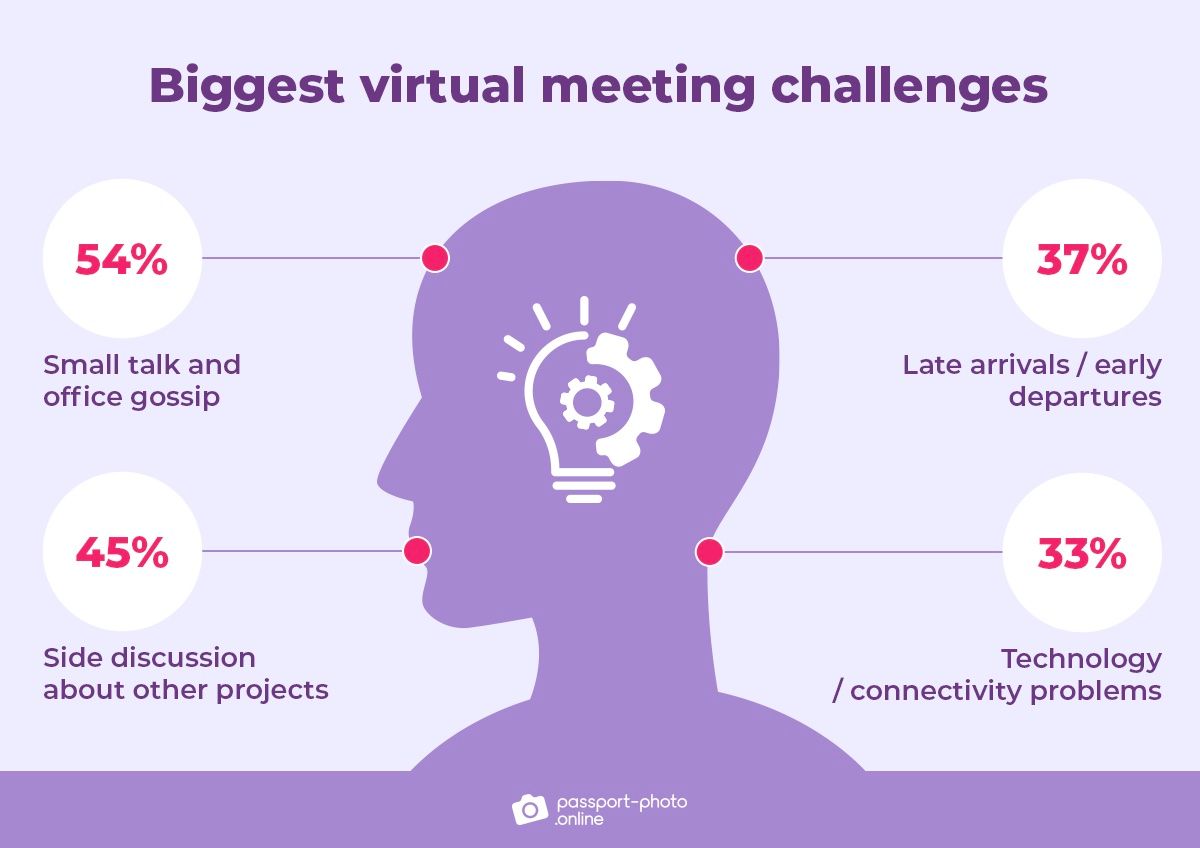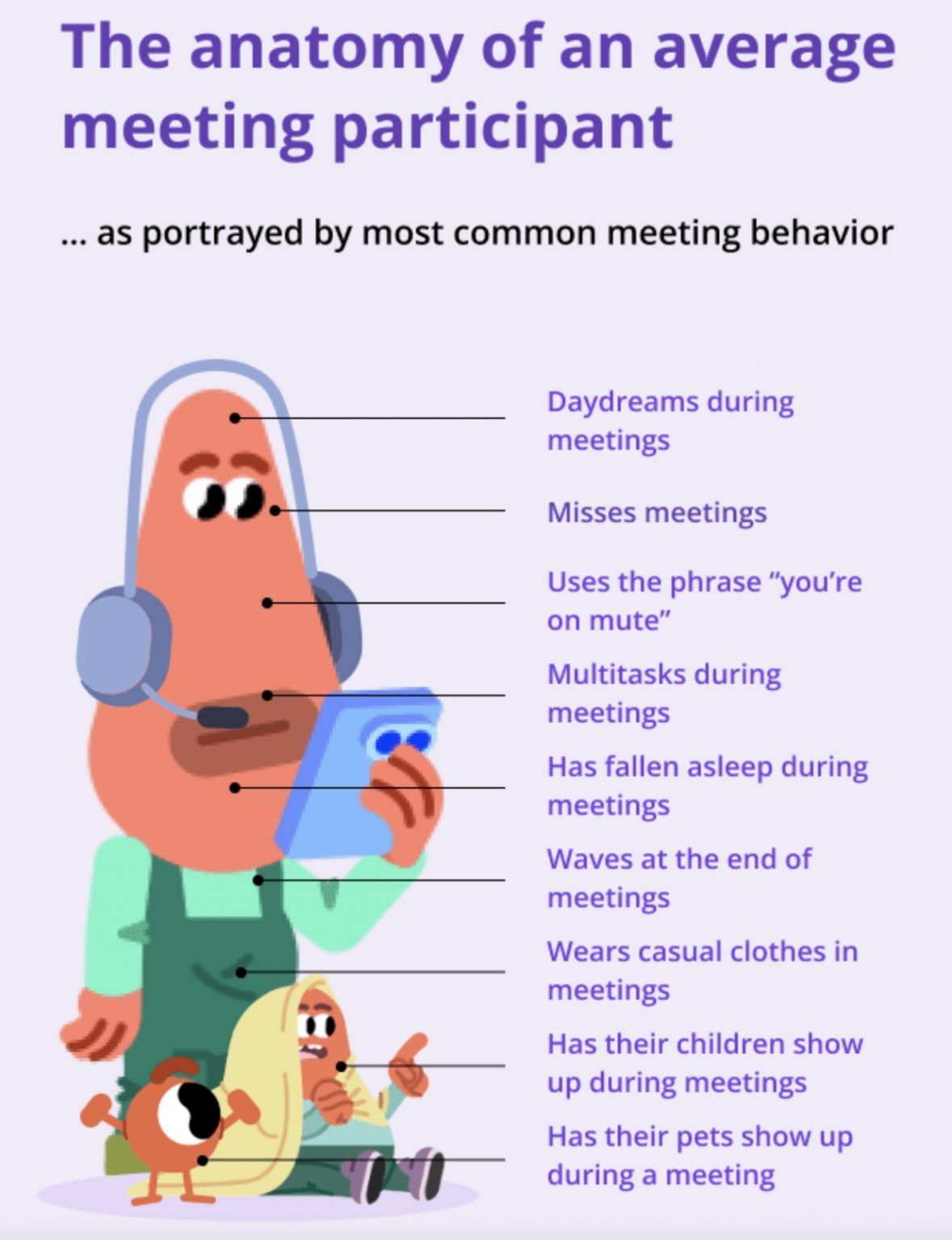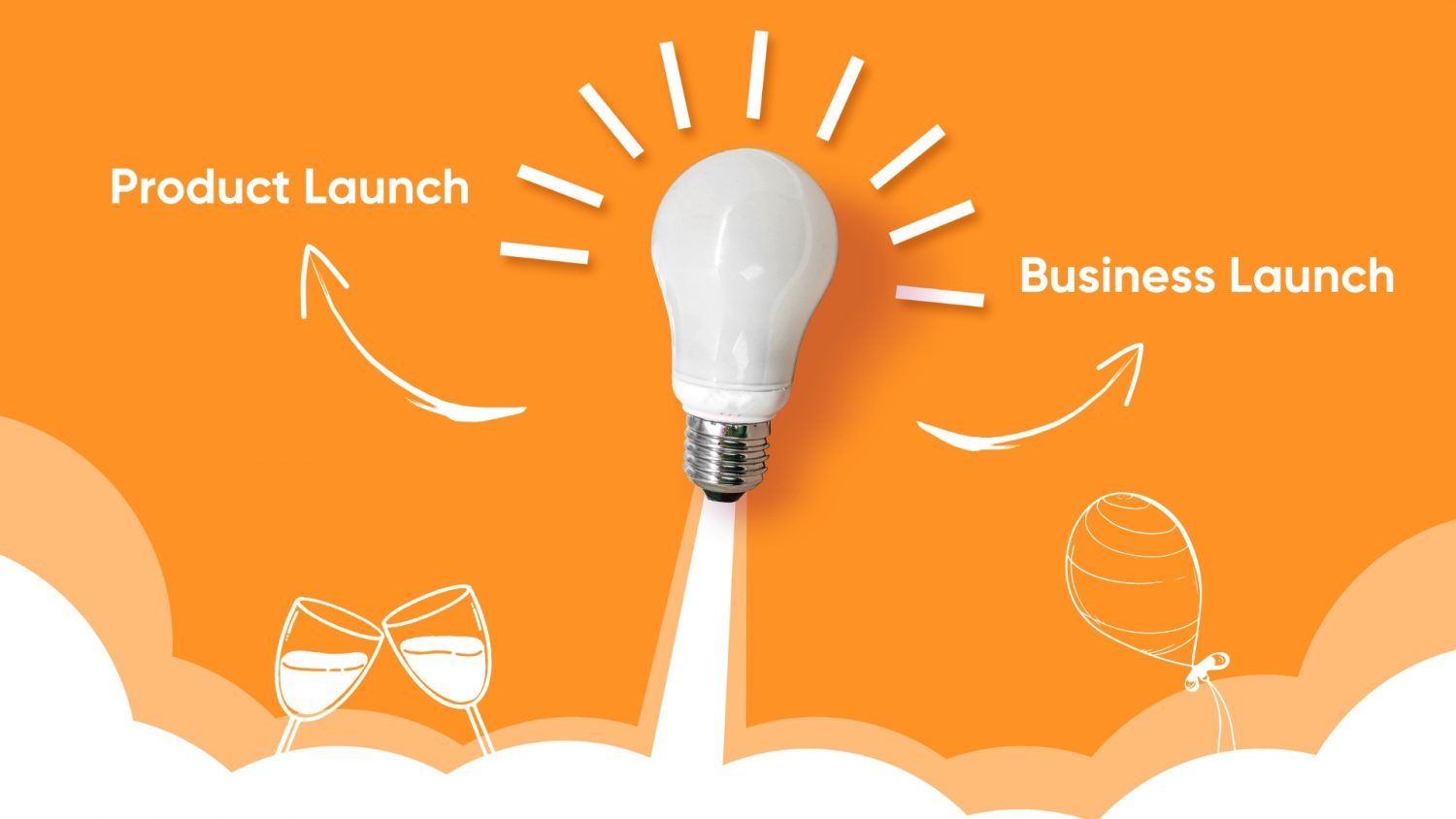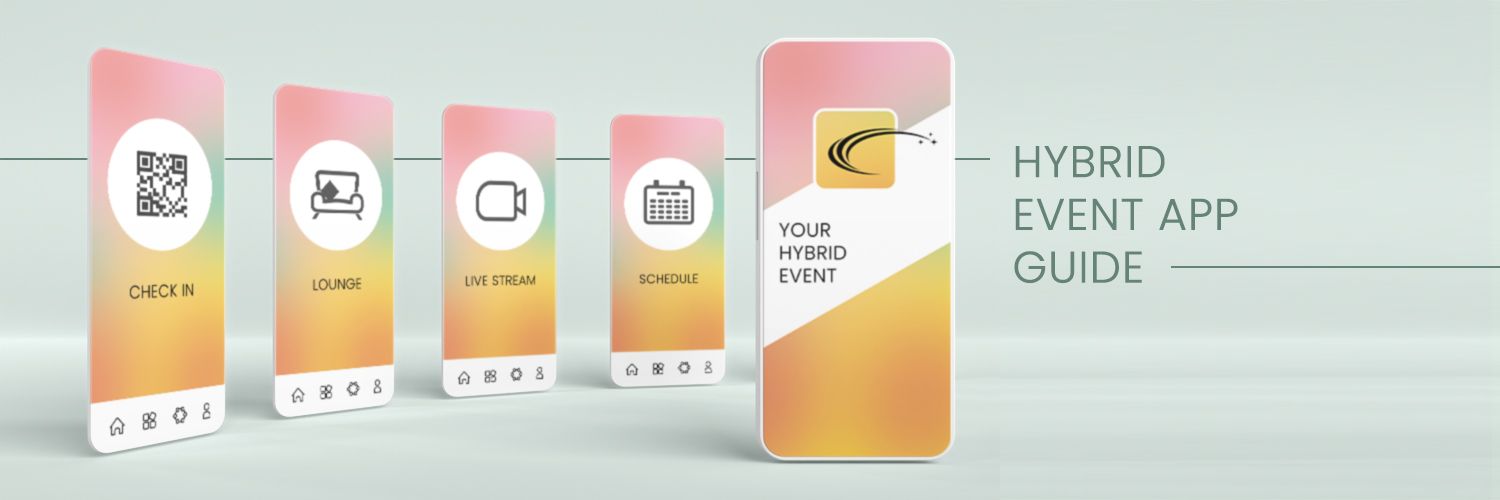Hybrid Meeting Best Practices For Hosts
 Source
Source
As a host, the spotlight is on you. Ensure that you are delivering an interactive experience for all the attendees.
1. Communicate The Meeting Agenda Beforehand
Always share the meeting’s agenda beforehand to ensure that attendees don’t feel confused or scratch their heads when you start talking. Doing so will also help people to decide if their presence is required. Mention in the agenda if you need necessary stakeholders such as team leaders, CMO, or Product managers in the meeting.
“One common mistake I have encountered is not properly setting expectations with the virtual audience. It’s essential to communicate logistical details such as time zones, dress code, and technical requirements beforehand so that attendees feel prepared to participate fully in the event.”
Will Yang, Head of Growth at Instrumentl
A meeting agenda should clarify the following:
✅ Brief points you’ll discuss in the meeting
✅ Dress code (if any)
✅ Guidelines to maintain decorum during the session
✅ Any other relevant details for smooth delivery of the meeting.
2. Practice Presentation Before Camera
Unlike in-person meetings, a hybrid meeting involves presenting to two different audiences – ones who’re physically present and others who join remotely. Hence, delivering an engaging meeting cannot be easy. Here are some tips you can use to practice your presentation skills:
- Talk in a way that’s also catered to a virtual audience.
- Ensure your body language aligns with your verbal communication.
- Learn and use hand gestures to deliver your message with more impact.
- Welcome and quickly brief the attendees about the meeting’s agenda.
3. Test All The Hybrid Meeting Equipment Beforehand
A technical glitch can kill the focus and momentum in seconds. Ensure every piece of equipment is in working condition.
- Check the connectivity: Wi-fi, cables, LAN.
For a glitch free demonstration use a reliable high-speed internet connection that doesn’t interrupt the meeting flow. Ensure all the cables of Wi-fi broadband are well-connected and check your internet speed with a speed test tool.
- Don’t compromise on the audio-visual quality
Test the audio-visual setup — both in-room and for the remote participants. One way you can do this is through a 10-15 minute test run to see how and what remote attendees will hear and see during the meeting. You can ask someone in your team to join the meeting through your chosen hybrid event platform and check the visual and audio quality. This mini-test run will be worth it as virtual attendees will have a good experience through high audio and video quality of your presentation.
4. Work With A Meeting Facilitator
Appoint a colleague as the meeting facilitator to ensure you deliver your message to both parties without any feeling of disconnectedness or isolation.
The facilitator should maintain the interaction between both parties. Some way a facilitators can help:
- Engage remote participants in the conversation.
- Ensure everyone’s points are heard.
- Create adequate opportunities for more attendees to interact.
5. Keep Your Presentation Engaging To Both The Attendees
A report by Markletic suggests that keeping participants engaged is one of the biggest challenges faced by 71.1% of meeting organizers.
No doubt, you shouldn’t make the mistake of focusing entirely on a single audience because that would be disastrous for the hybrid meeting. To avoid such hybrid meeting mistakes, follow these amazing tips:
✅ Use interactive elements such as polls, Q&A, puzzles, etc
For the visual audience, share gamified elements such as polls, puzzles, photo contests, and video content to keep them pumped throughout the session. For in-person audiences, plan a scavenger hunt simultaneously.
“We incorporate gamification elements to keep the audience engaged and incentivize participation. For example, we have virtual attendees compete in a trivia game during the event for prizes.
Additionally, we ensure speakers and panelists who are dynamic and can capture the attention of both the in-person and virtual audience.”
Thomas Simon, Marketing Manager from Monitask
✅ Create small groups, kiosks, and breakout rooms to let both attendees interact.
Divide in-person attendees into smaller groups and give them prompts to discuss with each other. For remote attendees, some event marketing platforms offer breakout rooms that work the same as small in-person groups. Leverage them by hosting a short Q&A or collecting feedback on meetings. As this is a more personal space, attendees will be more inclined to engage with others.
6. Create An In-Person Environment For The Virtual Attendees
Virtual attendees feel left out more than people who are physically in the meeting. So, focus more on creating the best experience for them. Nunify’s Hybrid meeting solution helps you do just that in the following manner:
- Broadcast high-quality, glitch-free live stream from the meeting venue using Real Time Messaging Protocol (RTMP).
- Live at-venue projections to get remote attendees on-screen, making them feel a part of the in-person meeting.







